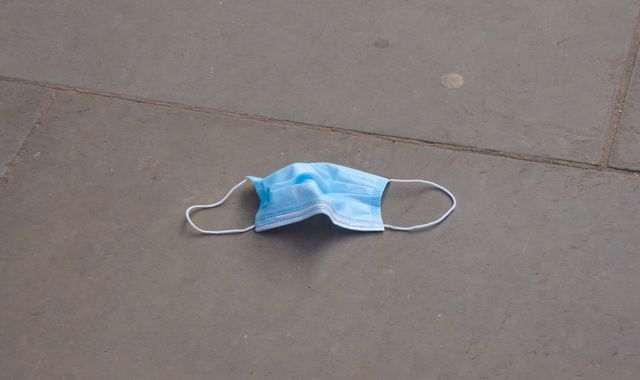Scientists find clouds full of ‘ice-lollies’
Written by News on 20/06/2017
Scientists have discovered clouds full of ‘ice-lollies’.

The researchers from the University of Manchester have been working on their discovery for quite a while – but details of it arrives in time to complement a long spell of hot weather.
Led by Stavros Keppas, the team from the School of Earth, Atmospheric and Environmental Science published their findings in Geophysical Research Letters.
They noted how they had been enjoying a pleasant research flight over the northeast Atlantic Ocean last September when they spotted a significant concentration of curious ice formations.
The ice had taken the shape of a stick with a spherical head at the end, resembling an ice-lolly, according to the researchers.
Dr Keppas said this wasn’t even the first time they had observed the strange ice formations, which were also noticed over the southwest of the UK in 2009.
He explained: "Ice-lollies are the product of the collision between an ice column and a liquid water droplet in the air.
"Ice splinters are created at temperatures between -3C and -8C in the cloud and instantly freeze any water droplet they touch, creating these unusual ice-lolly shapes.
"The Ice crystals grow into distinctive and somewhat predictable shapes, depending on the temperature, amount of water vapour and humidity."
Alas, there’s not much hope for anyone planning on eating one to stave off the heat.
According to the team, they’re not only just a millimetre long, but they’re only found at altitudes between one and two kilometres in the air.
Not that the research was all in vain, according to Dr Keppas.
"Ice-lollies can alter the balance between liquid water and ice in what we call mixed phase clouds, these are clouds which contain both liquid and ice," he said.
"This may have a significant impact on the cloud lifetime. Ice-lollies can also impact on the precipitation formation."
(c) Sky News 2017: Scientists find clouds full of ‘ice-lollies’





